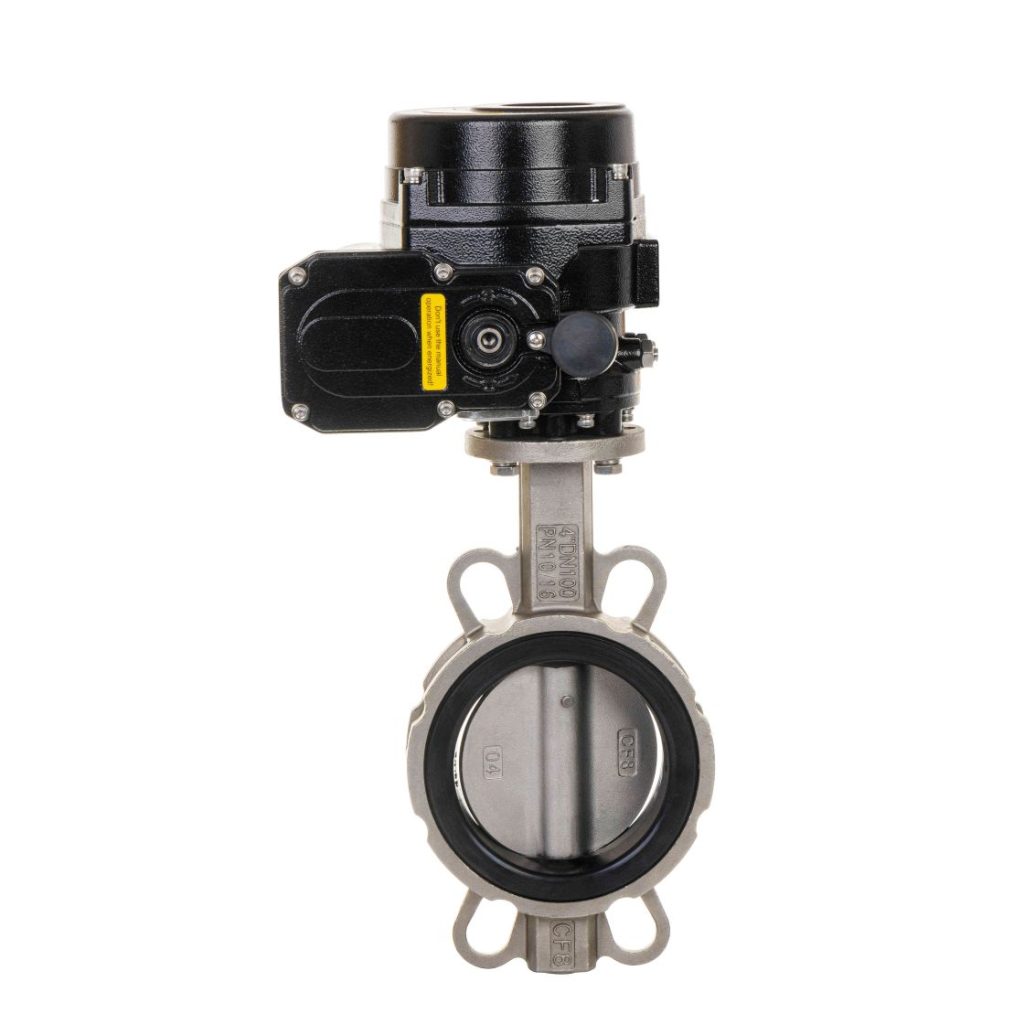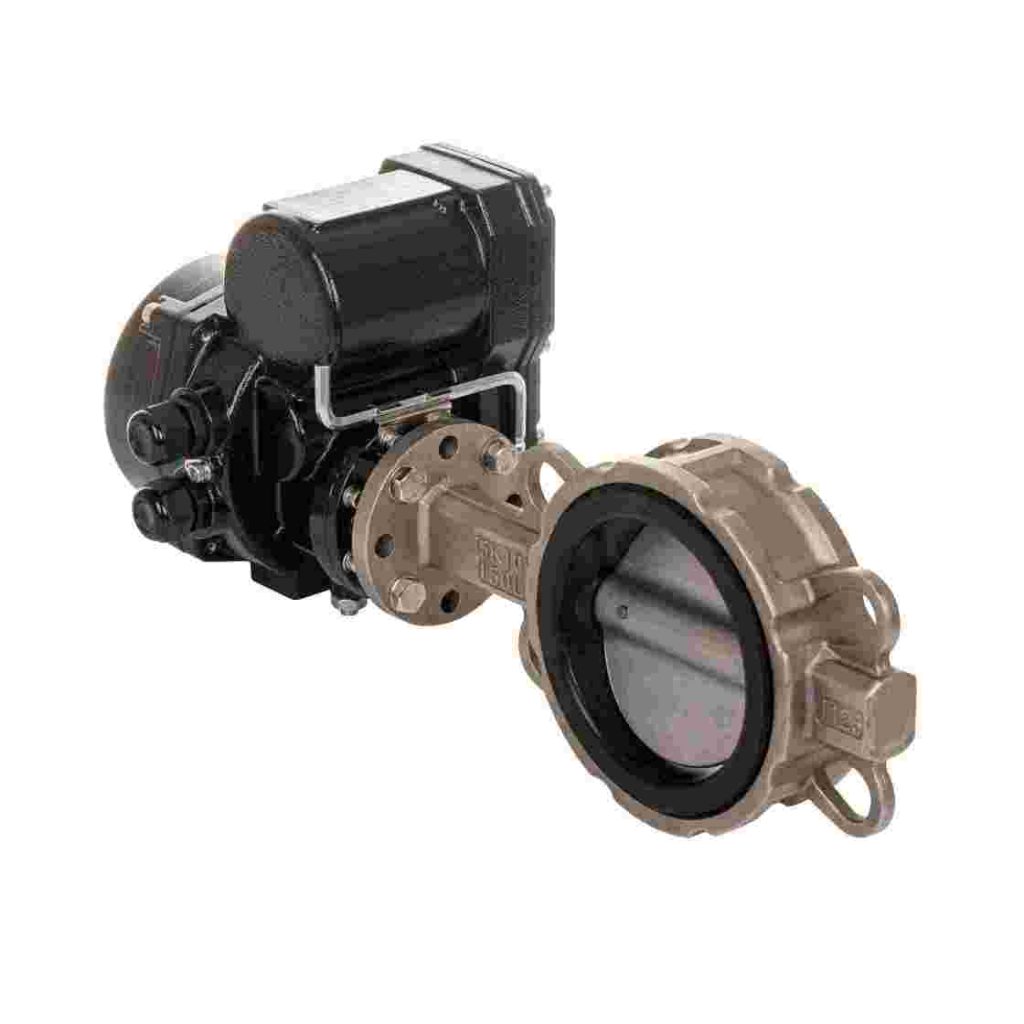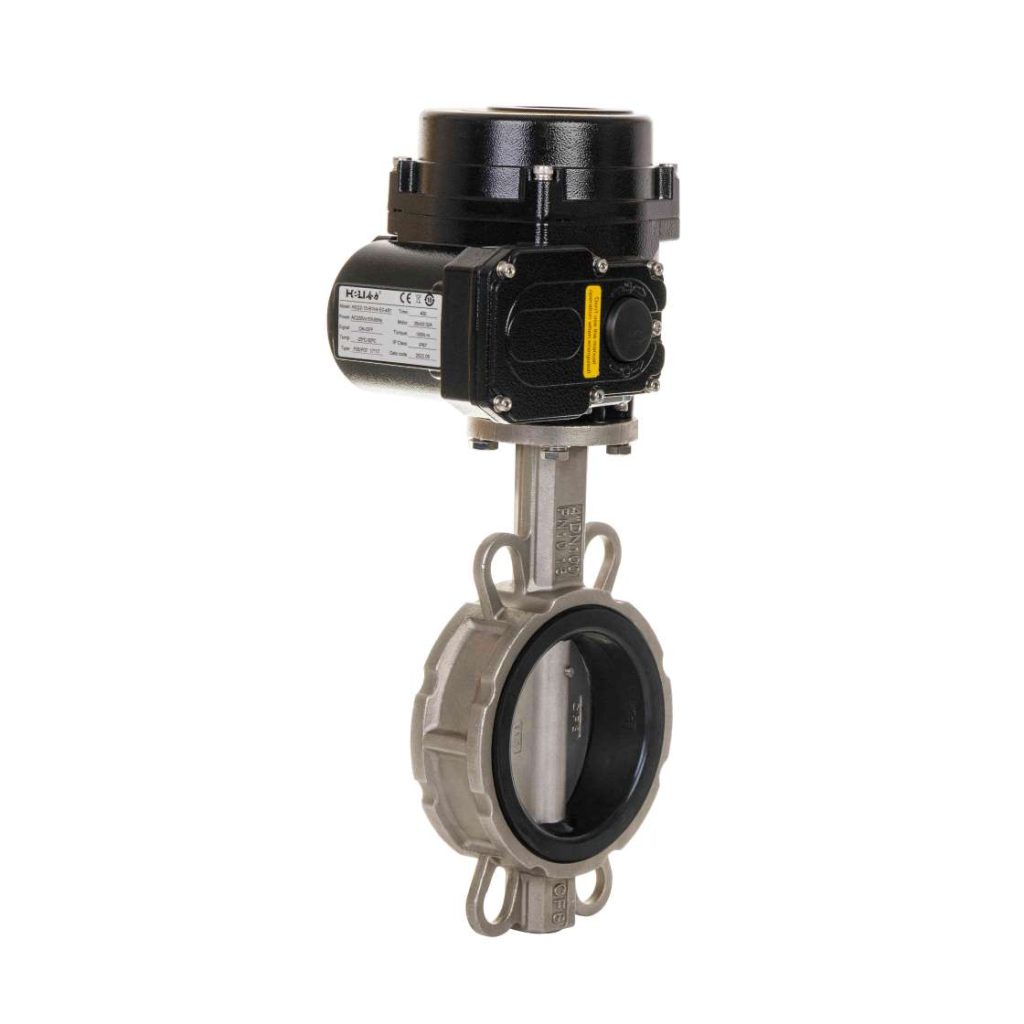The Explosion-proof Electric Clamp Butterfly Valve is a critical component in various industrial systems, especially in environments where flammable gases, vapors, and dust are present. These valves are designed to control the flow of fluids or gases while offering safety features to prevent explosions and maintain operational efficiency. This article delves into the design, features, applications, and benefits of explosion-proof electric clamp butterfly valves, highlighting their significance in industries like petrochemicals, pharmaceuticals, and oil and gas.

Design and Construction

Explosion-proof electric clamp butterfly valves are engineered with advanced features that provide both operational reliability and protection against hazardous conditions. These valves typically consist of a body, a disc, a shaft, and a sealing mechanism. What sets them apart from standard butterfly valves is their explosion-proof casing and electric actuation mechanism. The explosion-proof housing ensures that the valve’s components are safely contained, preventing sparks or heat generated by the motor or electrical components from igniting surrounding flammable substances. The electric actuation mechanism allows for remote operation, which is essential in dangerous environments where manual intervention could be risky. The valve’s electric motor is usually housed within a casing that is resistant to explosive atmospheres, adhering to industry standards like ATEX or IECEx certifications, ensuring safe operation in hazardous zones.
